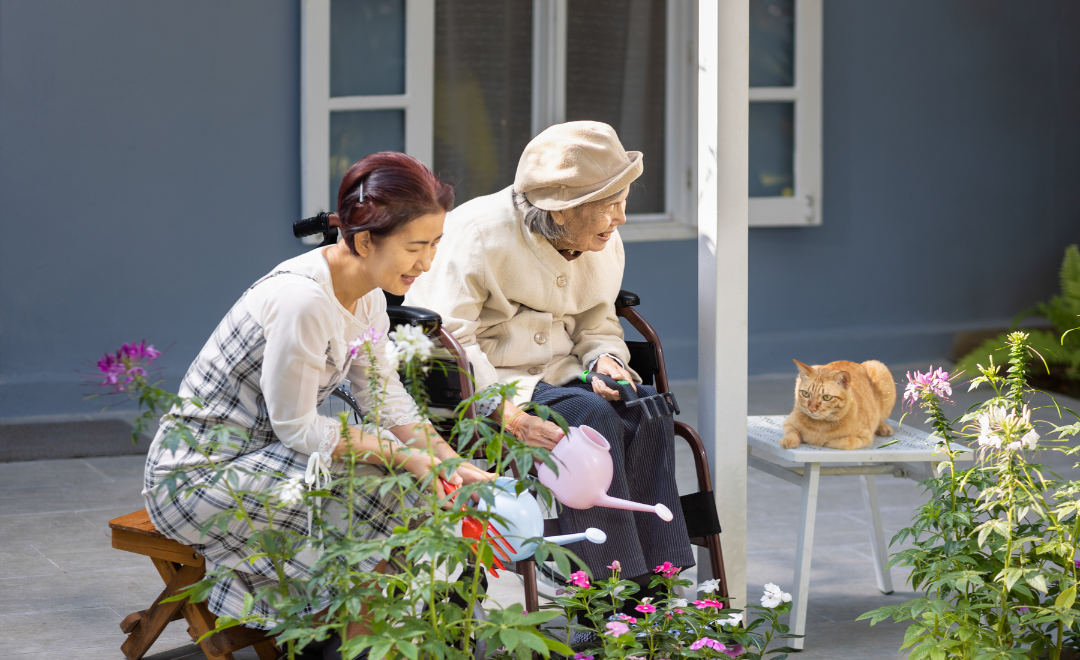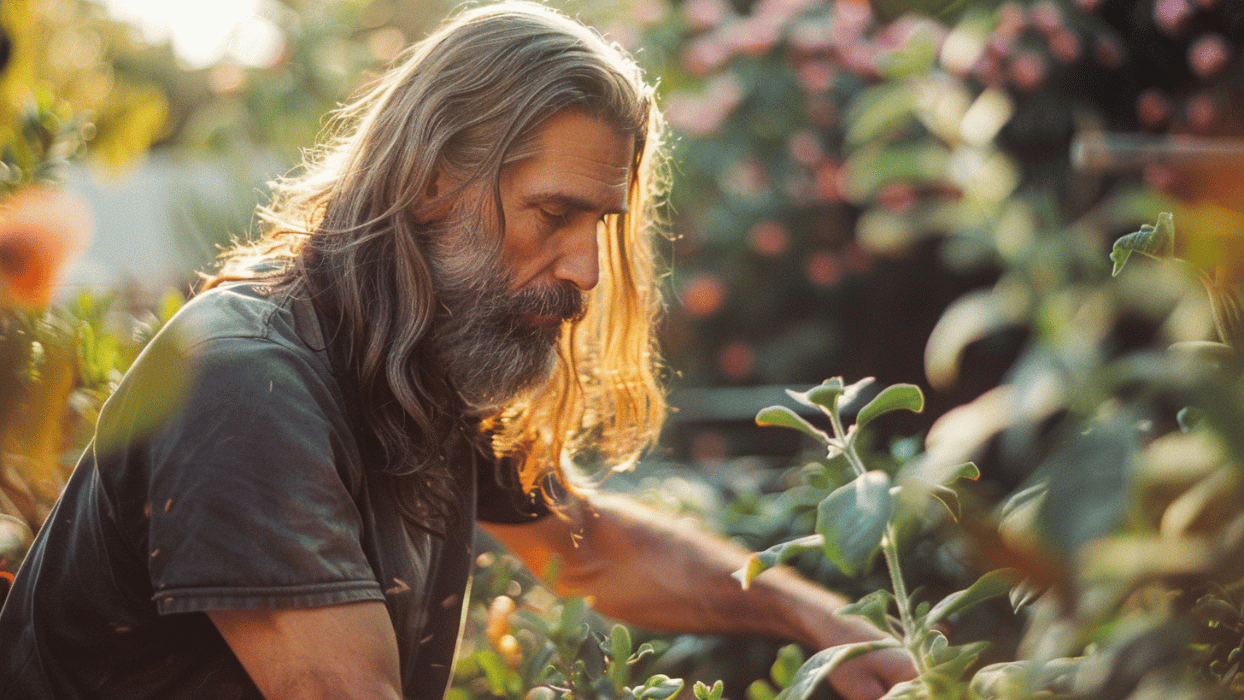Key Takeaways:
- An air fryer is a versatile appliance that circulates hot air around food to achieve crispy textures with less oil, promoting healthier meals without compromising taste and texture.
- Proper setup and understanding of air fryer controls, including preheating and not overcrowding the basket, are essential for achieving the best cooking results.
- Maintaining your air fryer, such as regular cleaning and drying the interior before cooking, alongside practical tips like patting marinated foods dry and adding water when cooking fatty foods, can enhance the overall cooking experience.
elcome to the wonderful world of air frying!
This method of cooking has become increasingly popular for its ability to create crispy, delicious meals with significantly less oil than traditional frying.
If you've just purchased an air fryer or are considering getting one, you may be curious about how to use it effectively. This guide breaks down the basics of using an air fryer, as well as sharing some tips and tricks.
Understanding an Air Fryer
An air fryer is a compact, countertop appliance that mimics the results of deep frying with the use of hot air and minimal oil. It circulates hot air around the food placed in a basket, creating a crispy outer layer while keeping the inside tender.
The beauty of air frying is that it reduces the oil content in your meals, making them healthier without compromising on taste and texture!

Getting Started
Setting Up
Unpack your air fryer and wash all the removable parts, typically the basket and tray, in warm, soapy water. Once they're dry, reassemble your air fryer. Place it on a flat, heat-resistant surface, ensuring there's adequate space around the appliance for air circulation.
Learning the Controls
Air fryer models have a range of control options from simple dials to digital touch screens. Typically, there are settings for temperature and time, and some models have pre-programmed settings for popular foods like chicken, fries, or fish. Spend some time familiarizing yourself with these controls.
Let's Start Cooking!
Pre-Heating the Air Fryer
Although not always required, it's beneficial to preheat your air fryer for around 3-5 minutes before cooking.
This simple step of running your air fryer empty at the desired temperature can amplify the taste and texture of your food, ensure even and efficient cooking, save cooking time, and is especially advantageous for breaded foods, aiding in achieving the ideal crispness!
Preparing the Food
Just like with traditional cooking methods, preparing the food is an important step. For an air fryer, you might have to cut your food into smaller pieces to ensure even cooking.
Additionally, though the air fryer uses less oil, you may still want to lightly coat your food in oil for better results. You can use an oil spray or lightly toss your food in oil.
Cooking Time
Now, it's time to cook. Put your food in the basket and slide it back into the air fryer. Set the temperature and time based on the recipe or guidelines provided in your instruction manual.
As a general rule, it's a good idea to shake or flip the food halfway through the cooking time to ensure even cooking. Use tongs or a spatula to do this safely.
Once the cooking time is up, carefully remove the basket (it'll be hot!) and check if your food is cooked. If it needs more time, simply slide the basket back in and set some additional time.
Cleaning Up
After each use, it's important to clean your air fryer.
Allow it to cool down completely, then remove the basket and pan to wash them with warm soapy water. Wipe down the inside and outside of the air fryer with a damp cloth.
.png)
Tips and Tricks
- Don't Overcrowd: It can be tempting to fit as much food as possible into the basket, but overcrowding can lead to uneven cooking. For the best results, leave some space for air to circulate.
- Pat Foods Dry: If you're cooking something that has been marinated, make sure to pat it dry before cooking. This will help achieve the crispy texture air fryers are famous for.
- Keep It Dry: Always dry the interior of your air fryer before you start cooking. Water can create steam, which can affect the overall crispiness of your food.
- Pre-Made Foods Are Your Friend: Store-bought frozen foods, like fries, nuggets or fish sticks, can turn out exceptionally well in an air fryer. Just remember to reduce the suggested cooking time or check the food frequently to prevent it from burning.
- Breading That Sticks: Having trouble getting breading to stick to food? Try refrigerating the breaded food for about 20 minutes before putting it in the air fryer. This can help the breading adhere better.
- Reheating Leftovers: An air fryer is great for reheating leftovers. It can bring the crispiness back to your pizza or fried chicken far better than a microwave can.
- No Peeking: Opening the air fryer during cooking releases the hot air that's cooking your food. Try to resist the temptation to open it up too often.
- Add Water When Cooking Fatty Foods: If you're cooking fatty foods that may smoke, like bacon, add a little water to the drawer underneath to prevent it from smoking.
Learning how to use an air fryer can open up a new world of culinary possibilities. Remember, practice makes perfect, and don't be afraid to try new things. Happy cooking!














.png)
.png)
